Justification for Higher Education, the Erosion of the Enthusiast Market, and Wholesome Whoring

I still remember the day my parents bought me a copy of the iconic Justification for Higher Education poster. I had been nagging them for a while, and when I finally got the poster, it took immediate pride of place in my childhood bedroom. Having matured, I recognize now that the imagery depicts a lifestyle unlikely to be the preserve of the highly educated, but instead that of a lottery winner. Didn’t matter then, and it doesn’t matter today; the now ratty old poster followed me to college and again to my grown-up domicile.
In retrospect it’s a bit strange that I had the poster in college; residing in the middle of nowhere with no meaningful income, afflicted by terrible weather, and living under the thumb of an overzealous local police force due to strained town-gown relations, it was a bit difficult for me to maintain my passionate appreciation for automobiles during my tenure in Lexington, Virginia. About halfway through my collegiate career, the majority of which constituted pre-sinecure studies under the auspices of a liberal arts education, I had the opportunity to take an economics elective entitled “Economics of the Automotive Industry.” Although the professor had an intimidating reputation – an uncanny resemblance to Larry Ellison, a brace of Ivy League degrees, a fearsome ability to decimate GPAs, and remarkable loquaciousness during office hours, ensuring that every visit did indeed last for hours – I decided to take the course anyway.
Besides, I probably already knew everything we’d cover anyway, right? In a word, no.
I came into the course in the spring of 2009 with an essentially encyclopedic knowledge of every sliver of ink spilled over the past decade in any automotive publication available at Barnes & Noble, and most ones and zeros dedicated to the subject, as well. I faced a sudden realization that this “knowledge” would be a hindrance rather than a leg up, and that I needed to start thinking critically and reading Automotive News instead of Evo if I wanted to do well in the course.
I learned, begrudgingly, that the car business is just that, a business. Rather than altruistic benefactors pumping out titillating metal to thrill internet fanboi bench racers who are only occasional purchasers, automakers exist to provide a return on their owners’ invested capital, period. In the wake of the financial crisis, the business case for vanity projects with a tenuous, at best, connection to the remainder of an OEM’s model line is still somewhat problematic.
In addition to the high visibility, high name recognition manufacturers, the industry – when broadly construed – has tentacles encompassing a major portion of the domestic economy, including suppliers and distributors, with far-reaching labor market consequences. My classmates and I were forced to confront the conundrum of vertical coordination, the difficulties of product planning given exceptionally lengthy lead and development timelines – not to mention evolving regulatory, safety, and emissions targets – as well as the economies of scale characteristic of a global durable goods industry.
Consider all of these factors in light of dynamic exchange rates and the boom-bust business cycle, and it’s no wonder that automakers seem unconcerned about appeasing the peanut gallery of enthusiasts. My parents paid lots of money for me to receive this wisdom, but you can acquire it relatively cheaply if you’re willing to learn some basic economics, read a little, and disavow your personal sacred cows – just like this guy; I suppose it may be somewhat difficult to, uh, justify this particular aspect of my education.
The traditionally “enthusiast” manufacturers face even more difficulties; they have the option to adapt, evolve, expand, and grow, with the caveat of potentially enraging the existing, enthusiastic customer base and exposing themselves to more mainstream competition, or they can opt toward stubborn stagnation, arresting forward progress while the proverbial doting family calls the hospice.
Although there are several successful practitioners, the former strategy is exemplified by – of course – Porsche; but for the terrible, horrible, no good, very bad 986 Boxster and 996 911, as well as the Cayenne and Panamera, the company probably wouldn’t exist anymore. The latter strategy is probably best exhibited by Lotus, whose slow-motion snuff film has recently been protracted once more. Despite the best efforts of now-deposed CEO Dany Bahar to jump-start the company, broaden the product offerings, and make the Lotus badge a viable economic contender for the 21st century, alleged expense indiscretions left him persona non grata in Hethel. Now all of his ambitious plans have been scrapped, and Lotus remains a paragon of purity, with plans to produce only sporting, enthusiast-oriented cars for the foreseeable future. Any perceived moral victories will also be Pyrrhic; nothing fundamental about the company has changed, but the marketplace in which it competes has.
So what can Lotus do? Can they sell out just a little bit and not compromise the brand’s ideals? Perhaps Lotus can move toward survival by whoring itself wholesomely while not tarnishing its existing reputation. The engineering arm of Lotus has enjoyed many associations over the years, some more favorable than others. Tinkerers as diverse as Hennessey and Tesla have borrowed liberally from Lotus’s chassis cookie jar in recent years, and there is a long list of ordinary cars that sought to import a bit of cachet, touting “Handling by Lotus.”
To ensure its long-term survival, Lotus has to find a viable business plan somewhere between pinch-hitting for other sports car manufacturers and pimping its name out on work-a-day sleds. Best of luck.
A special thanks to Mike Smitka, one of my favorite collegiate professors, for forcing me to examine my hobby dispassionately and rationally. I am fortunate to have had his guidance in conducting an atypical senior year project, as well as his continued input on my career and my passions as an alumnus. His musings about the automotive industry and related topics can be found here.
David Walton grew up in the North Georgia mountains before moving to Virginia to study Economics, Classics, and Natural Light at Washington and Lee University. Post-graduation, he returned to his home state to work in the financial services industry in Atlanta. A lifelong automotive enthusiast, particular interests include (old) Porsches and sports car racing.

David Walton grew up in the North Georgia mountains before moving to Virginia to study Economics, Classics, and Natural Light at Washington and Lee University. Post-graduation, he returned to his home state to work in the financial services industry in Atlanta. A lifelong automotive enthusiast, particular interests include (old) Porsches and sports car racing.
More by David Walton
Latest Car Reviews
Read moreLatest Product Reviews
Read moreRecent Comments
- Jeff “So, the majority of our products are either ICE vehicles or intended to utilize those multi-energy platforms that we have. This is a great opportunity for us, compared to our peers, having the multi-energy platforms for all of our products in development and having the agility to move between them,” she said. From what is stated about the next generation Charger it will be released as a 2 door EV and then as a 4 door with the Hurricane turbo straight 6. I assume both the 2 door and 4 door is on the same platform.
- Brendan Duddy soon we'll see lawyers advertising big payout$ after getting injured by a 'rogue' vehicle
- Zerofoo @VoGhost - The earth is in a 12,000 year long warming cycle. Before that most of North America was covered by a glacier 2 miles thick in some places. Where did that glacier go? Industrial CO2 emissions didn't cause the melt. Climate change frauds have done a masterful job correlating .04% of our atmosphere with a 12,000 year warming trend and then blaming human industrial activity for something that long predates those human activities. Human caused climate change is a lie.
- Probert They already have hybrids, but these won't ever be them as they are built on the modular E-GMP skateboard.
- Justin You guys still looking for that sportbak? I just saw one on the Facebook marketplace in Arizona



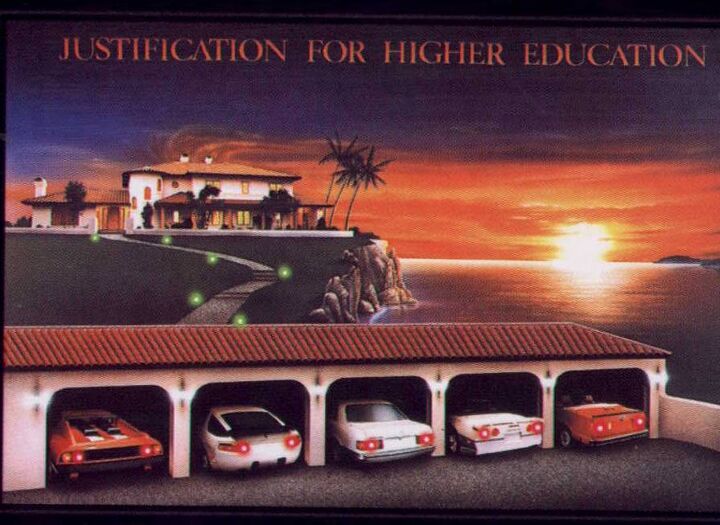

















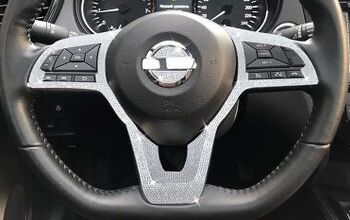

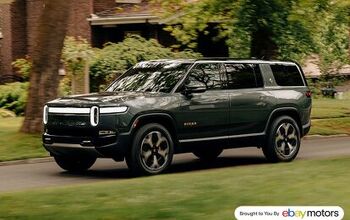
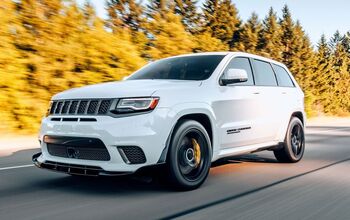




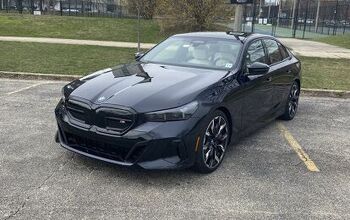

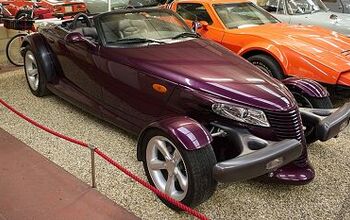



Comments
Join the conversation
"...but for the terrible, horrible, no good, very bad 986 Boxster..." every man is entitled to his own opinion but in this particular instance, yours is not one shared by me [original and current owner of a 1997 model], nor by most of the automotive-oriented media of the day.
JUSTIFICATION FOR HIGHER EDUCATION* *So that university presidents can have this lifestyle, not the actual students. I see that many of you bought the low resolution version of this poster, without the legible small print.